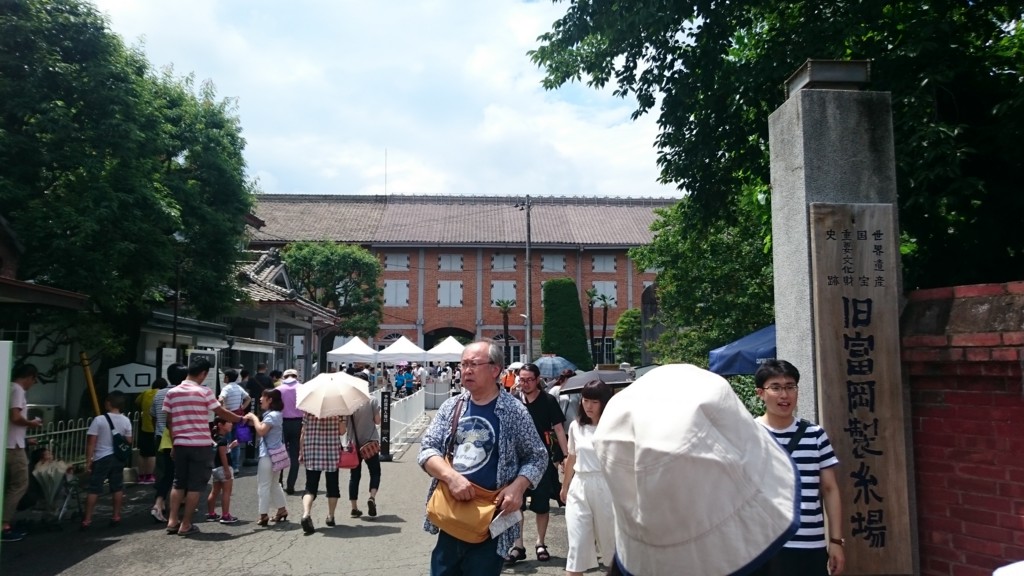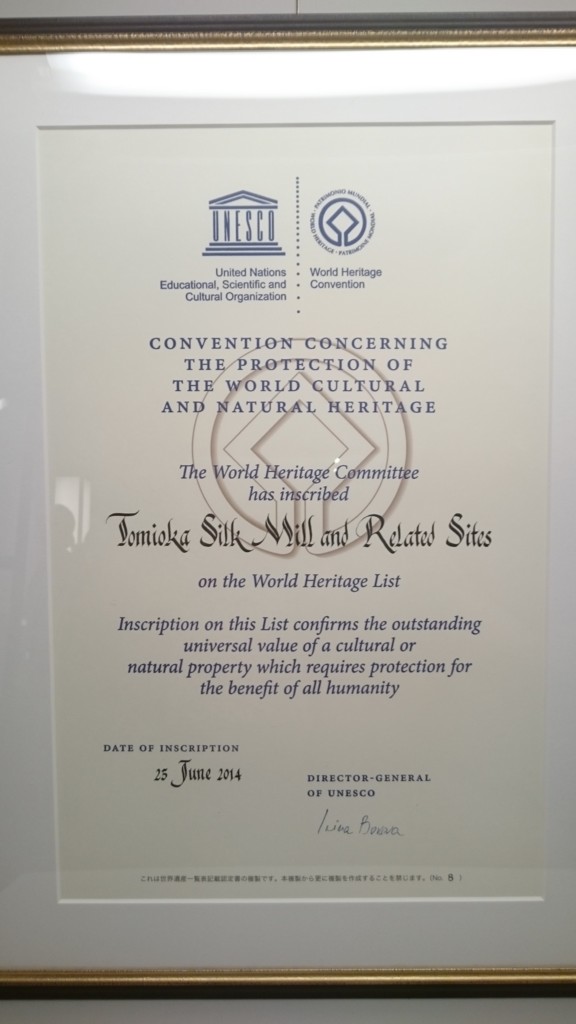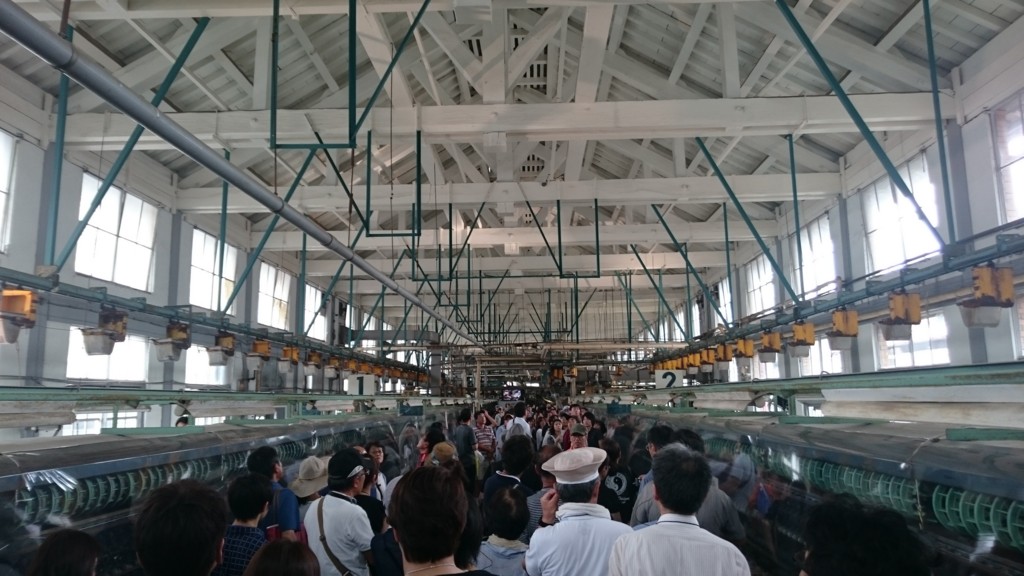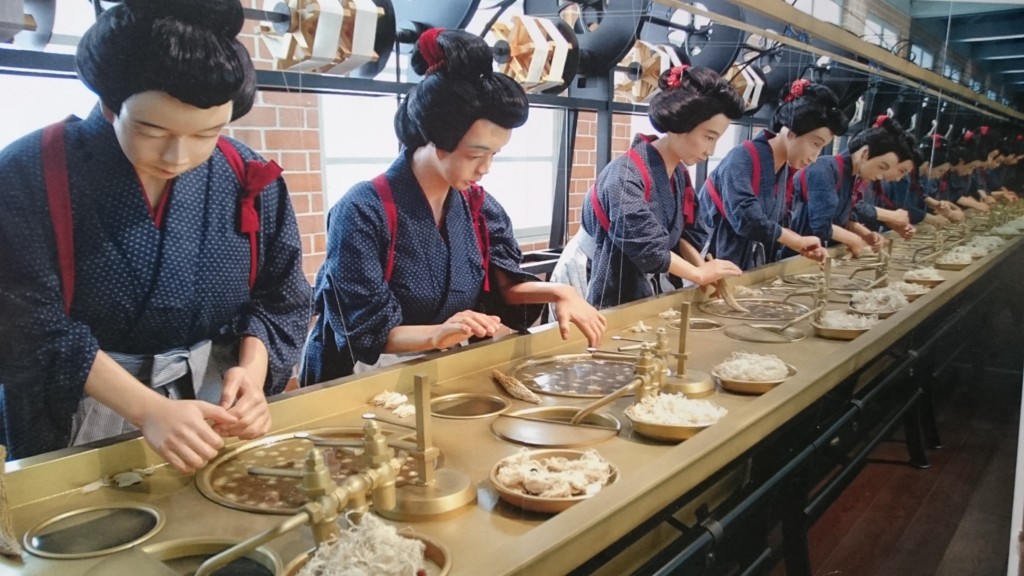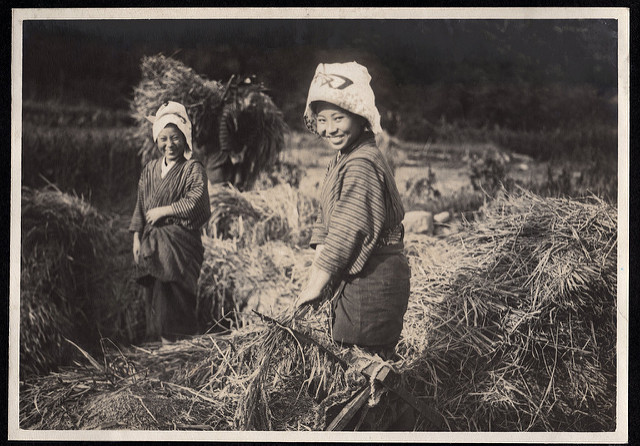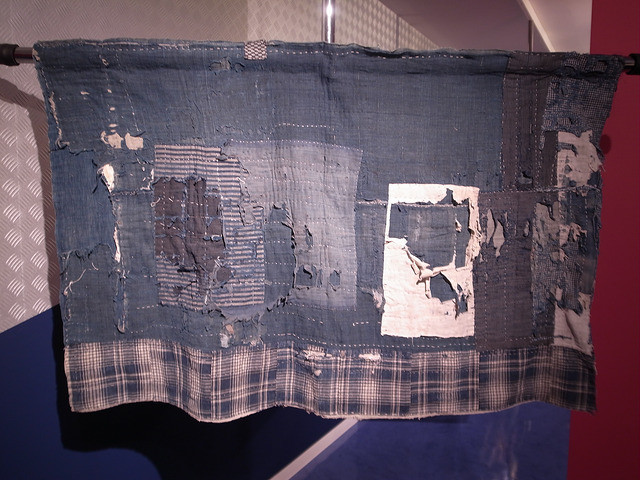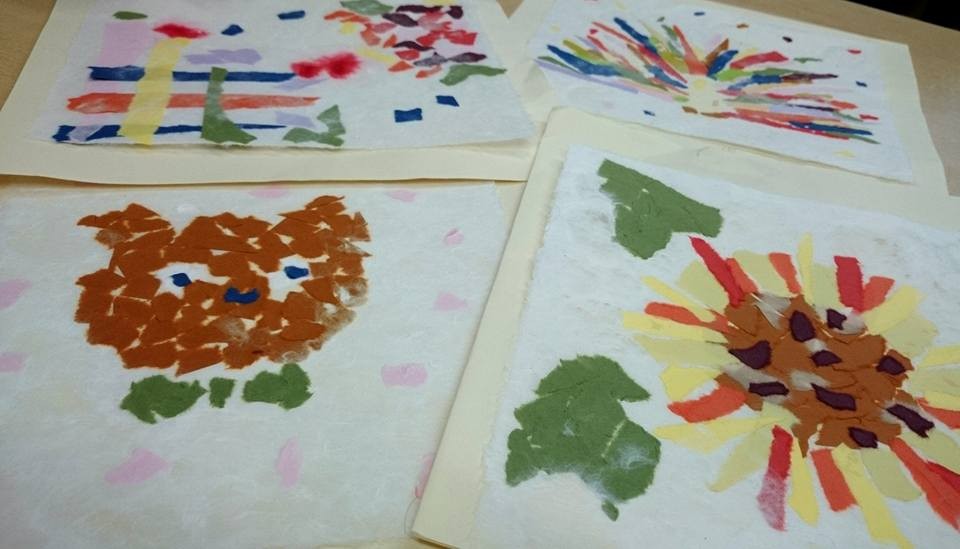
Hello, ICHIROYA News Letter Readers!
It's my turn (ツ)_/¯ YEAH! This is Mei (ツ)_/¯ Doumo! Guess what, why my name is "MEI". I'm sorry for bringing this subject all of sudden. I'll give you an answer later! hehe Anyway, how have you been? Thank you for some reply to my Karaage T-shirt. Your message and reply make us motivate. Thank you! Arigatou! Ookini!
The other day, I went to the university which I graduated to join events with my friends. (Acutualy, the events are for high school students to visit and experience college life. And we pretended to be one of them. But... uh-oh. Some staff who are university students have sharp eyes. haha Anyway, we have experienced some manufacturings. Making Washi(Japanese paper) with acting, 3D figure of own face by using 3D printer with plaster, and making eco-bag with own painting by using silk screen machine. Those were really interesting and exciting experiences. My face of 3D is so realistic but just weird. Do you want it insted of me? Just kidding! I was especially impressed by Washi making. So I searched about Washi for using to Kimono and Obi. There are two kinds of using Wahi to Kimono. One is "Kamiko", the other one is "Shifu". Kamiko is made from just Washi. It is used for such as Kabuki or traditional some events. On the other hand, Shifu is made from threads which are made from Washi. It is still used for summer Kimono now. Both of them have really interesting and long histories. And today, I wanna introduce how to make Washi at your home! You can do it with your children easily, with items at your home. And it takes just about 1 hour.
【 Materials 】
Paper milk pack(tear in two and soak in water in advance)/ Plastic pack of tofu(x2)/ Net for kitchen drain port (can be stockings)/ Mixer/ Chopsticks/ Bucket/ Pushpin/ Towl/ Water
【 How to make 】
1) Cut the net as the shape of the bottom of the tofu pack.(x2)
2) Make some holes with a pushpin to the bottom of the tofu pack.
3) Tear off pulps of the surface of the milk pack with chopsticks.
4) Put the pulps and water into the mixer and mix them.
5) Put the cut net (or stocking) on the tofu pack, and pore the mixed pulp.
6) Put the other net(or stocking) on (5), and put the other tofu pack on it to drain.
7) Take it out from the tofu pack with the net together.
8) Wrap it up with the towl and dry it.
and... DONE! It's so easy and intersting, isn't it? After making your own washi, you can decorate and arrange it. If you put some origami or some motifed paper on it before drying, washi becomes more lovely! Or, you fold the washi over and over, then soak the corners in the colored water. You can make "shibori" like pattern on the paper. When you make some, please show us! :D By the way, there are many museums of paper in Japan. Have you heard about that? We also have many spots where you can experience to make Washi. Why don't you experience our Japanese traditional "Washi" making? If you are interested in Washi, please search these words, "washi" or "shifu". You can find some items. Some are here.
[ Washi ]
http://www.ichiroya.com/item/list2/339007/
http://www.ichiroya.com/item/list2/233305/
[ Shifu ]
http://www.ichiroya.com/item/list2/306440/
http://www.ichiroya.com/item/list2/260402/
http://www.ichiroya.com/item/list2/260041/
Well, autumn makes me go to art museums! Don't you feel so? I'm planning to go to some art festivals with my friends in this autumn. For example, "Rokko Meets Art" at Mt.Rokko of Kobe in Hyogo. Another one is "Setouchi Triennale" at some islands of Seto Inland Sea. I have been to Setouchi Triennale twice before, I really really want recommend you there! Do you know Yayoi Kusama? Her famous dots pumpkin is in one of those islands, Naoshima. Especially I was so impressed by Teshima Museum in Teshima. It's my favorite. Just amazing! I can't explain with only my words. Just go and feel(not see) it with your heart. You will forget the time passing. And your tears may fall. Oh, now you have many places to visit! hahaha Autumn is the best season to sightseeing, but winter is also nice, and spring... Yeah I know every season is nice to visit! Someday please come to visit and enjoy Japanese life with ICHIROYA's Kimono!
Now... it's time to say see you (NEXT TIME!). Thank you for always reading until the end. Have a wonderful days, October!
Mei (I was named after my birthmonth, "May"! Did you get the right answer?)














